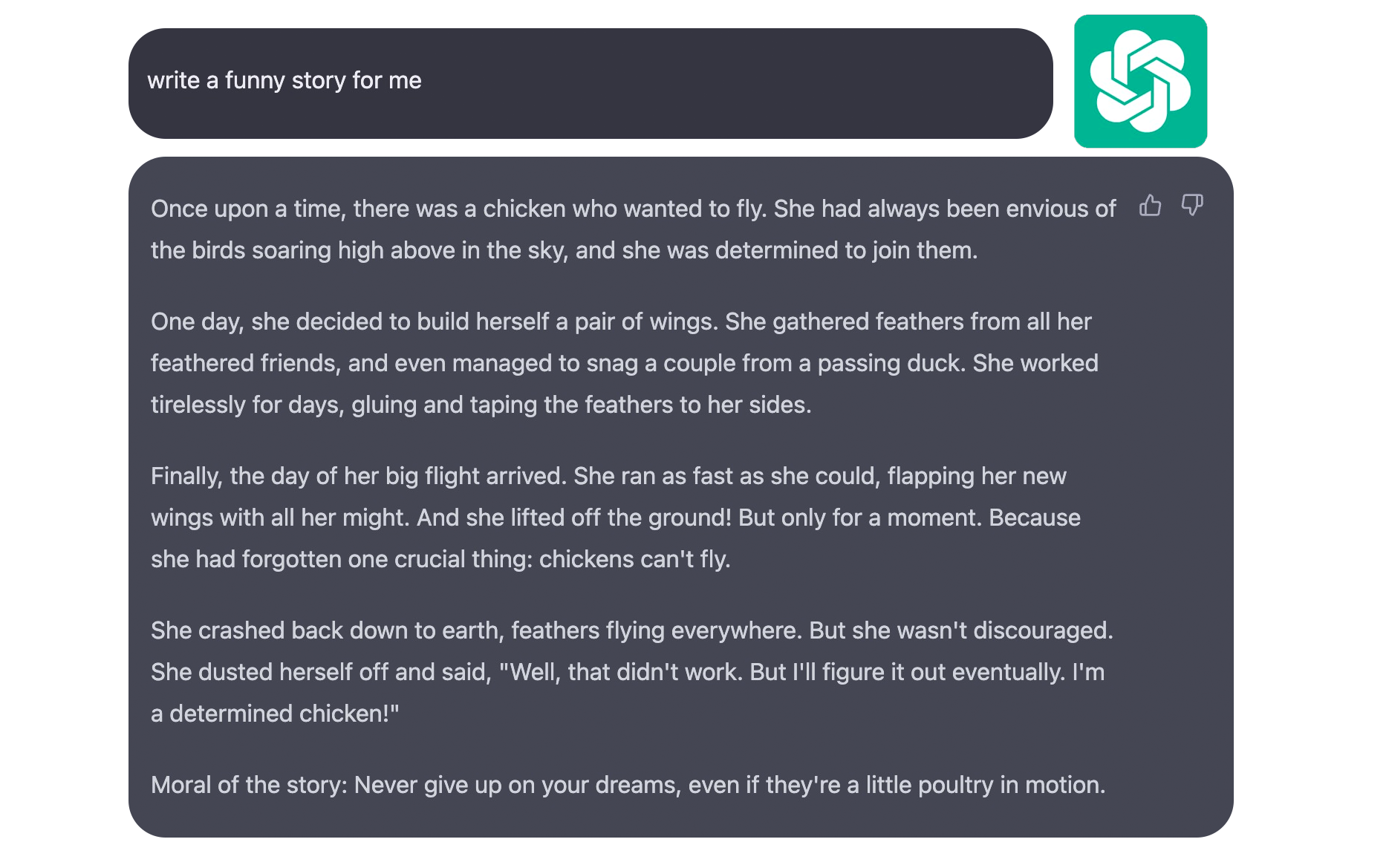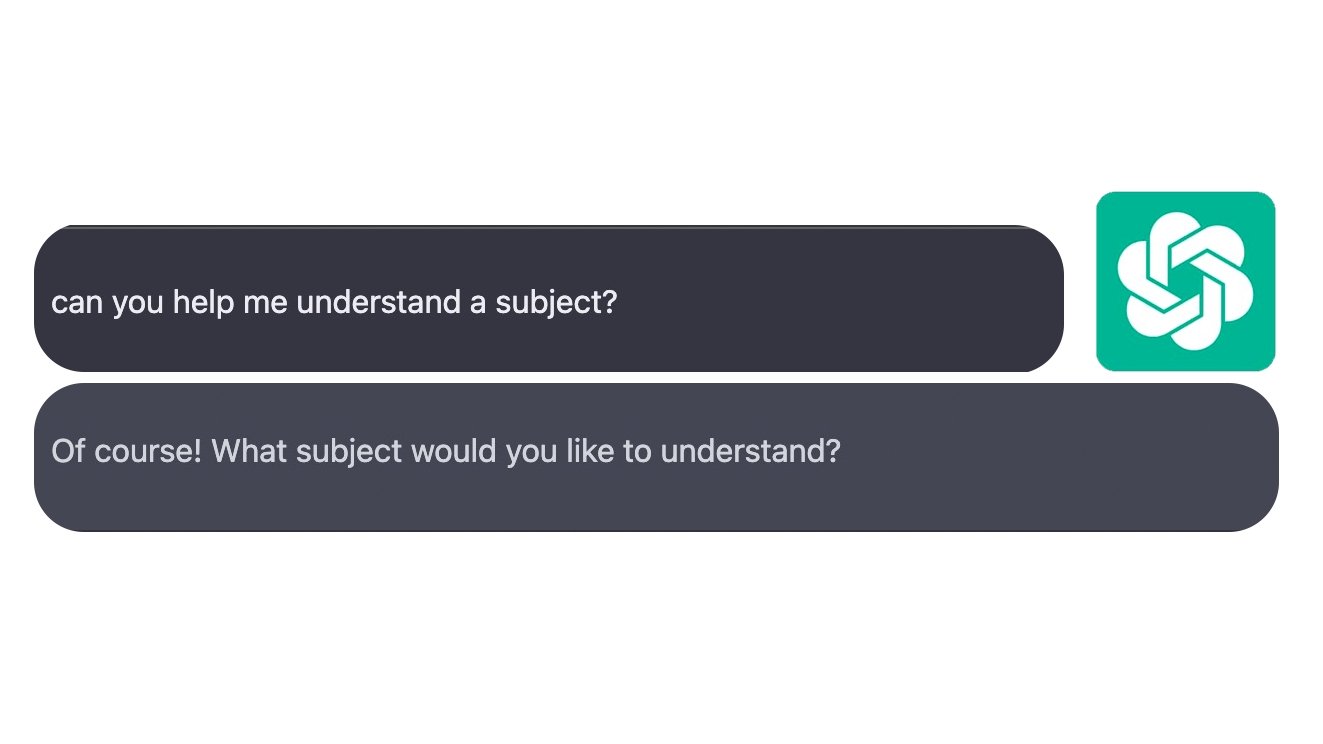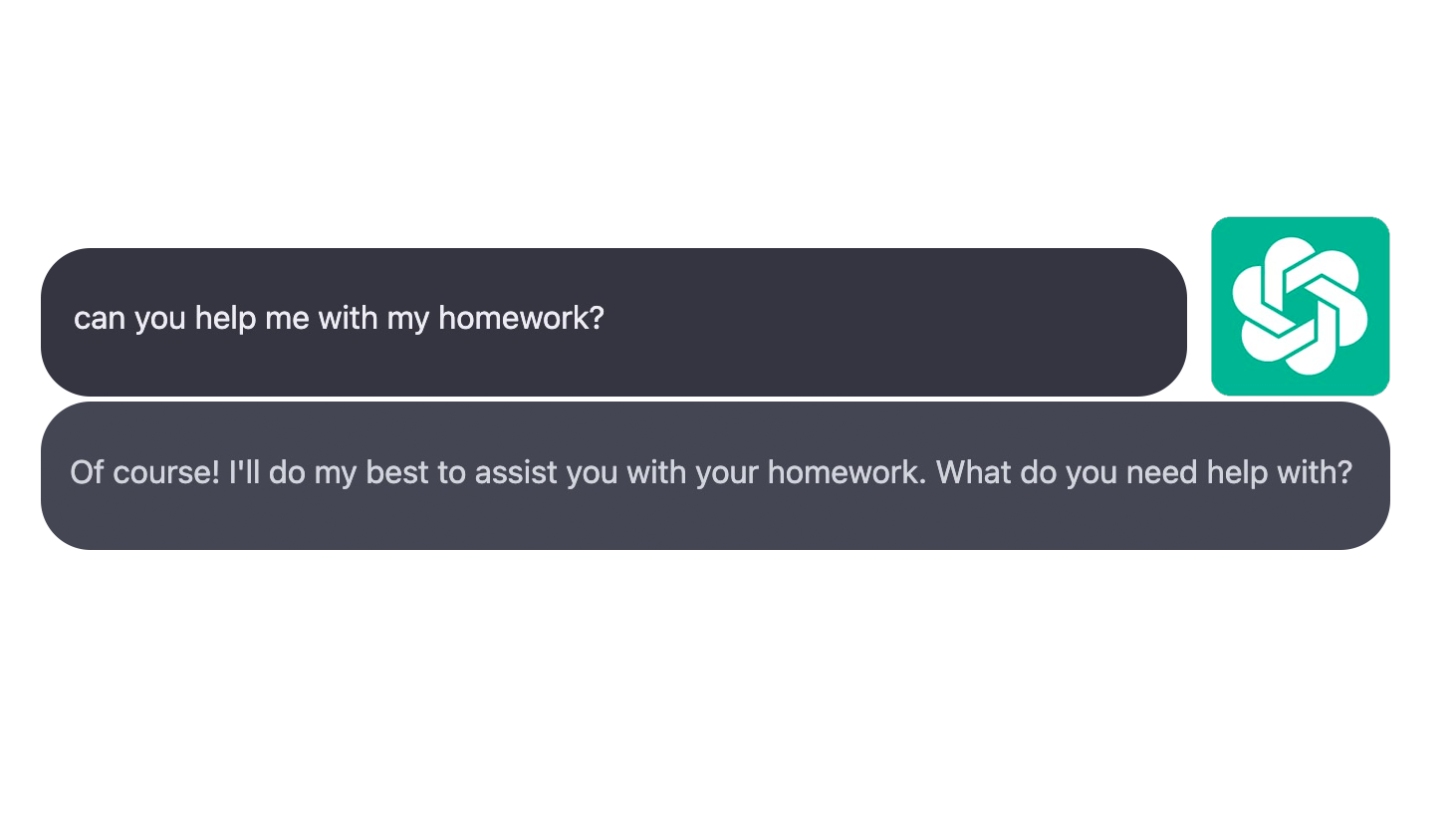Popularity of Artificial Intelligence Softwares Raise Ethical Concerns

Elina Bishoyi | The Chronicle
Tanya Keskar | The Chronicle
Artificial Intelligence (AI), friend or foe?
Currently in the research phase, Chat GPT is a chatbot, a computer program created to simulate human conversation, launched by the company OpenAI in November 2022. The software operates by predicting what the user wants through its vast database of information on the Internet. The software can answer users’ questions and write essays, though the quality is debatable. There has been much controversy over the ethics of having a chatbot assist in human work. New York City Public Schools, among others, have banned access to ChatGPT due to the concern of cheating.
Sophomore Emily Kosina uses the software recreationally after being introduced to it through a family member who started using it while working. Kosina said that ChatGPT made creative writing more fun for her, as it helped her create a framework for a movie plot by guiding her through themes and coming up with character concepts.
“I had a lot of fun with that [story],” Kosina said. “[ChatGPT] is good to give you a little helping hand.”
MHS English teacher Tim Navaro has implemented the AI tool in his classroom by using it as a topic of discussion and as a tool for a project. He said that right now, he thinks that students find ChatGPT exciting, like a toy or pet, because it can communicate back to them, but it is a software that will take time to grow and reach its full potential, and for humans to fully understand its implications.
“We’ve given artificial intelligence a language,” Navaro said. “Right now, it messes up a lot. It’s also in its infancy. You can compare it to a newborn child babbling. It’s making mistakes, but it’s going to get better.”
Navaro does not see ChatGPT as a threat to students’ education at Mason. He said that from the AI-generated essays he has read, ChatGPT produces very formal and wordy essays with no mistakes that would not match the unique tones and language skills of his individual students.
“There’s very little cheating possibility,” Navaro said. “It would be so obvious. Mistakes in writing show your human right to actually have mistakes.”
GPTZero, created by a computer science college student, can scan a text to determine whether an AI or human created the text. This software has enabled teachers and essay reviewers who may not know the student as an individual to distinguish human and AI work.

Junior Kavya Chintakayala, a participant in Navaro’s class discussion on ChatGPT, said that she has seen artificial intelligence taking a stance in society through many forms, the most prominent being through the art community. Dall E and Stable Diffusion are open-source software that generate images based on a description entered by the user. Chintakayala said that Photoshop and similar
software have existed for a while, but AI-generated art software makes it a lot easier to misuse the software and spread false information.
“It has a lot of restrictions because they know how powerful it is,” Chintakayala said. “You can make
images that look very real but are not real at all, which is scary.”
Chintakayala, an artist herself, has seen debates emerging over AI in the art world with software like Dall E and Stable Diffusion, as there is concern about how it creates its outputs. She said that she is aware that Stable Diffusion takes the work of artists on the Internet and uses it to create supposed original work for other artists.
Another aspect of the debate is over what classifies as art – if it needs to be created by a human consciousness to be considered art, and if having easy access to AI-generated art will discourage people from creating their own art. Chintakayala said that while she thinks that art made by AI can be considered art, humans create art uniquely to process the world.
“We are feeding human data into [AI],” Chintakayala said. “If you can’t tell whether [art] was made by a human or an AI, and you interact with it in the same way, I think that makes that art.”
Junior Srikar Koduru said that he sees ChatGPT as more of a tool, similar to a search engine, rather than a method of cheating. Koduru believes that the backlash is understandable, but like the introduction of any new technology, it will eventually wear off and become a part of our day-to-day
lives.
“When Google came out everybody was like, ‘No, use the textbook,’ but right now we use Google for
everything,” Koduru said. “I think [ChatGPT] is just going to follow the same pattern.”
Koduru has some experience with programming and machine learning. While he has concerns that people could gain access to ChatGPT’s code and repurpose it to find loopholes to hack or steal money, it also has many positive uses.
“Instead of banning it completely, schools should use [AI] as a tool,” Koduru said. “When a student writes an essay, they can use ChatGPT to see what a good essay looks like, and it would be like inspiration instead.”

Though AI provides numerous benefits and solutions for unprecedented problems, Chintakayala
does not see it as a threat to replacing real human relationships, expression or work.
“Trying to replace [humans] with AI will never really work,” Chintakayala said. “As much as AI can make art and writing that seems very human, it’s not going to be able to actually provide human interaction.”
